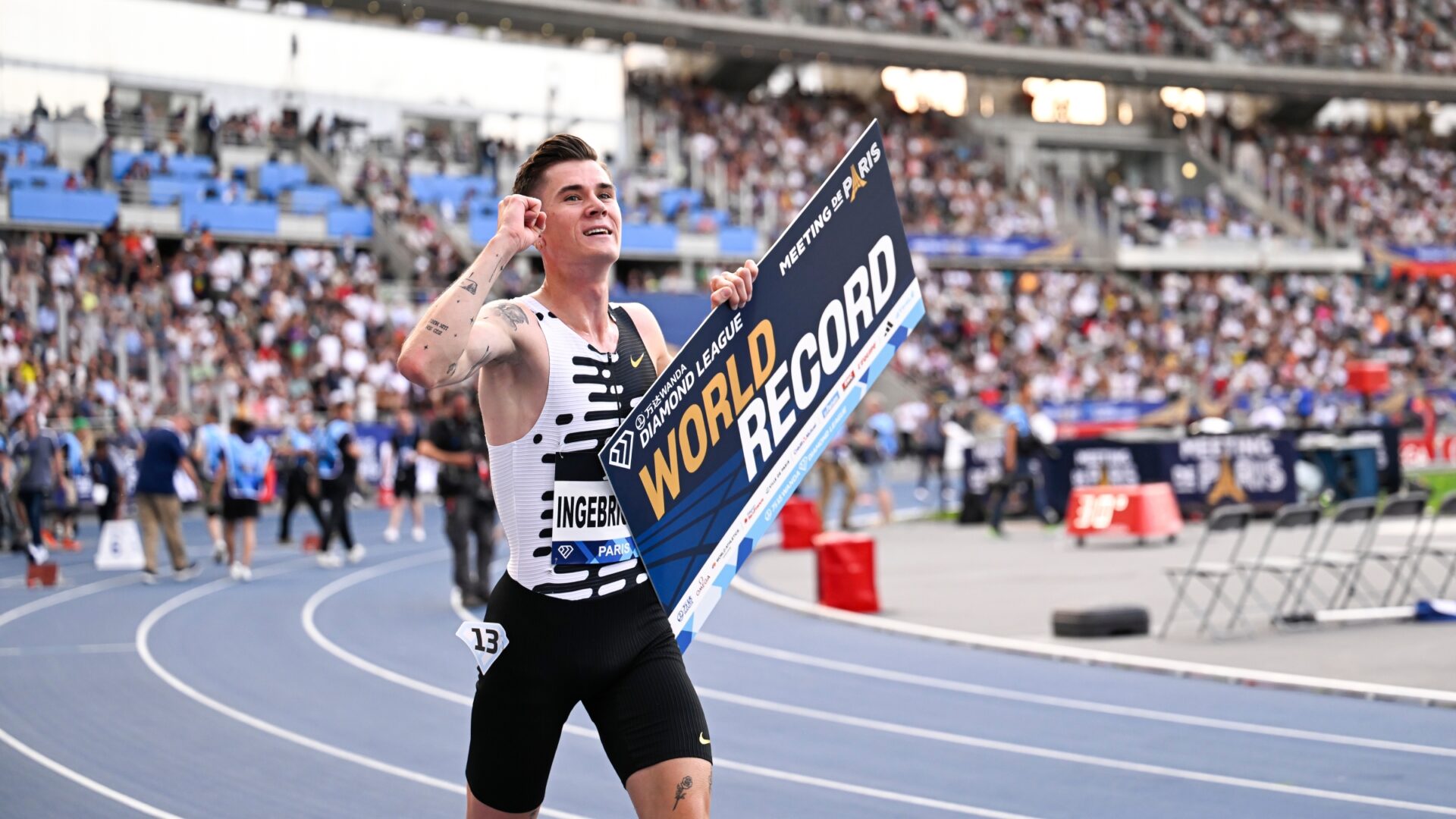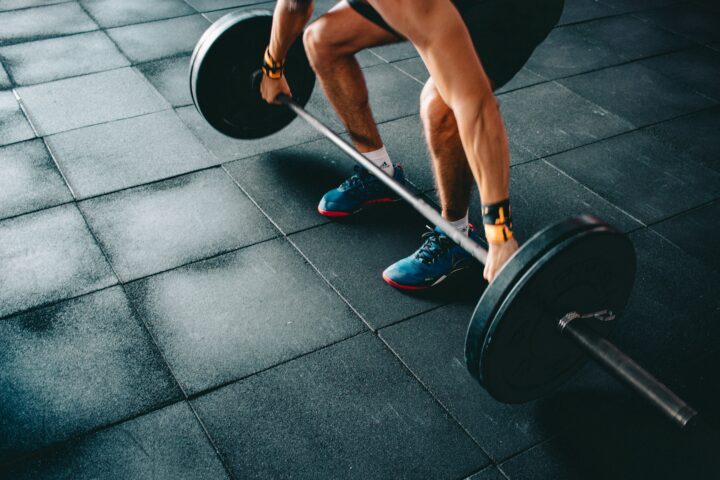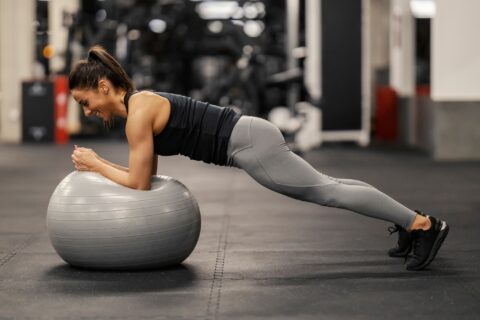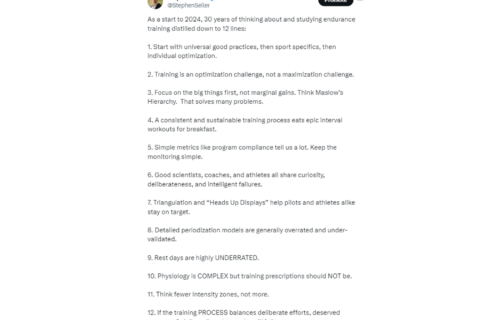Lately, the Norwegian method for endurance training has the world abuzz. In reality, its core tenets have been around for decades.
Lately, the Norwegian method for endurance training has the world abuzz. In reality, its core tenets have been around for decades.




